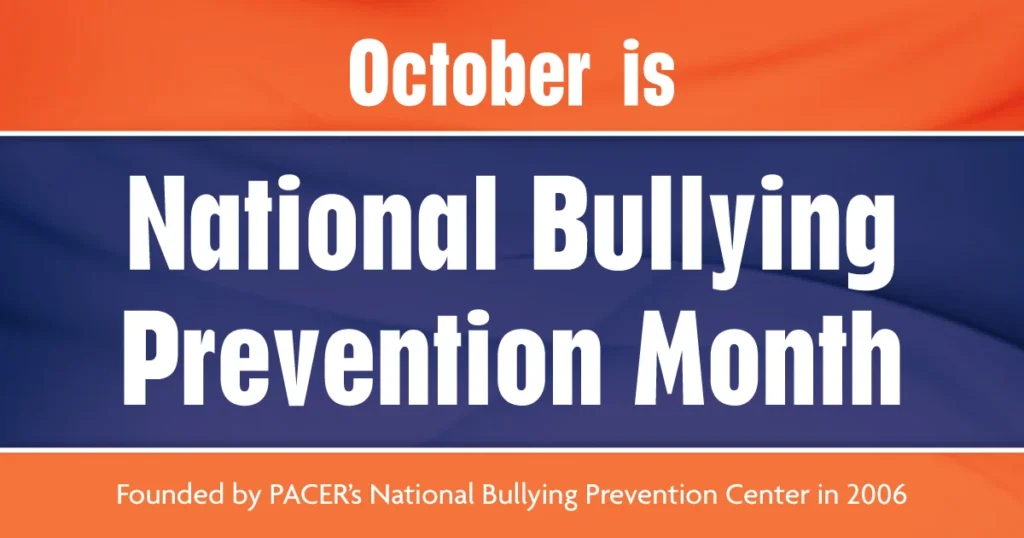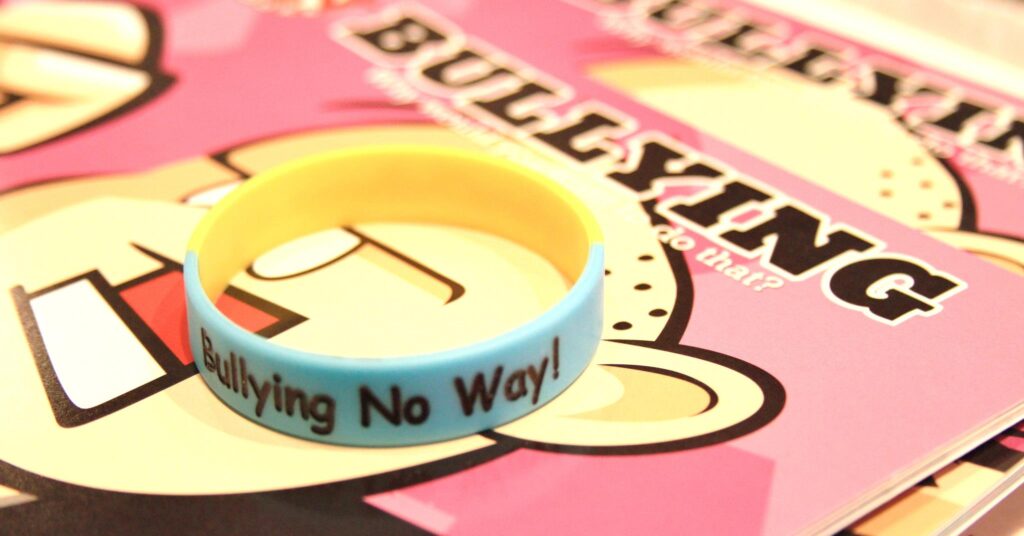Jan Helson, co-founder and board chair of Global Game Changers Children’s Education Initiative, Inc. (GGC), a 501(c)(3) nonprofit organization providing social-emotional learning (SEL) and character and leadership development curricula for pre-K through 5th-grade students, shares these nine tips for parents to help their children navigate bullying ahead of bullying prevention month.

- Know what bullying is and its types.
You can’t understand what you don’t know. According to the American Psychological Association, “Bullying is a form of aggressive behavior in which someone intentionally and repeatedly causes another person injury or discomfort.” (https://www.apa.org/topics/bullying) Once you know what bullying is, make sure you understand each of the different types of bullying so you can identify if they are affecting your child.
- Physical – using physical force (e.g. kicking, hitting)
- Verbal – using words (e.g. put-downs, derogatory comments)
- Social – using social tools (e.g. exclusion, gossip)
- Cyber – bullying online or via technology
- Know the roles of bullying.
Knowing the roles someone can play in a bullying situation can help you and your child get on the same page with terminology.
- Bully: the individual perpetrating the bullying
- Target/victim: the individual being bullied
- Bystander: individuals outside the bullying situation who witness (and don’t do anything)
- Upstander: individuals outside the bullying situation who witness and take action to stop the bullying
- Give kids space to talk and share
A sad fact of life today is that most kids have a story to share when it comes to bullying. According to PACER’s National Bullying Prevention Center, more than one out of every five children report being bullied (https://www.pacer.org/bullying/info/stats.asp).
Giving kids space to share their experiences with bullying will allow you to respond and reflect on how you can – and then they – can change the situation. Make sure to set aside time for this talk; you’ll be surprised how much kids will open-up about this difficult subject if you don’t rush them or cut them off.
- Provide tips or tools to stand up to bullies.
As an adult, you may already be aware of ways to encourage your kid to stand up to bullies, either as a victim or as an upstander. Sometimes, ignoring a bully or not letting them affect you will make the bullying less enjoyable. Another option is to work as a group to shut down a bully: it’s much easier to bully someone when they’re alone than engaging with friends. Work with your child to identify trusted adults in the space so that they can share what’s happening and feel safe.
- Model positive engagement with others.
Our children are a reflection of us, both positive and negative. Make sure that you are modeling inclusive and positive engagement with others, especially around your children. Consider what you say about your own friends and family, and how that might translate to your child’s behavior towards individuals outside of your home. Conversely, invite your children into positive behavior opportunities. At a social event, you might take time to identify another child/adult looking lonely and invite your child to come with you to involve that person or cheer them up.
- Explore how to turn bullying behavior around.
If 20% of kids are getting bullied, that means that there are many bullies out there. If you are concerned that your child is acting the bully – or are working to address something that’s been noted – you must think about two questions: How do I address the behavior? And, How do I address the cause of the behavior?
Addressing the behavior can sometimes be easier. Help your child understand and empathize with their target. Then consider how to make meaningful amends. A simple “sorry” will not do the trick; a thoughtful response to a target can help the bully reflect and start to work to repair the relationship that has been damaged.
Addressing the root cause may be more difficult. The root cause of bullying can often be insecurity, so investigate to determine what insecurities are driving your child to overcompensate, and work to resolve them.
- Take advantage of anti-bullying resources.
There are lots of great online resources to combat bullying. Help your kids to learn from the example of Jaylen Arnold, a bullied kid who started his own anti-bullying organization, Jaylen’s Challenge. Tap into your local library and school districts for additional free resources and guidance.

- Reach out for help.
In some situations, you may need help to address bullying, especially if your child acts as bully or target. Luckily most schools have experience dealing with bullying and have both resources and people with understanding you can draw on. If these resources don’t help, you might need the expertise of a psychologist, psychiatrist, or counselor to address either the impacts of bullying or the reasons behind it.
- Get kids involved in fighting bullying!
Empower your kids to stand up to bullying, not only in their own classrooms, but across the school! There are so many ways for kids to engage in this issue that they understand so well. Think about bigger picture ideas that would help make their school or your community a bully-free space. Not only will this spark greater awareness and understanding of bullying, it will give students the intrinsic power they need to stand up to bullies in any situation.
Visit https://globalgamechangers.org/national-kids-ignite-good-day/ to learn great ways to Ignite Good!® and stop bullying.

About Global Game Changers
Global Game Changers Children’s Education Initiative, Inc. (GGC) is a 501(c)(3) nonprofit organization providing social-emotional learning (SEL) and character and leadership development programs that empower students to overcome apathy, feel empathy, and foster a sustainable connection to service. To support this mission, GGC offers a free superhero-themed curriculum (MY TALENT + MY HEART = MY SUPERPOWER!®) to schools, after-school programs, and summer programs reaching more than 1,000 schools and 250,000 students in 49 states and 13 countries around the world. The pre-K through 5th grade curriculum is made possible by the Novak Family Foundation, who believes in equitable access for all educators and students. For more information or to get involved, visit globalgamechangers.org.

